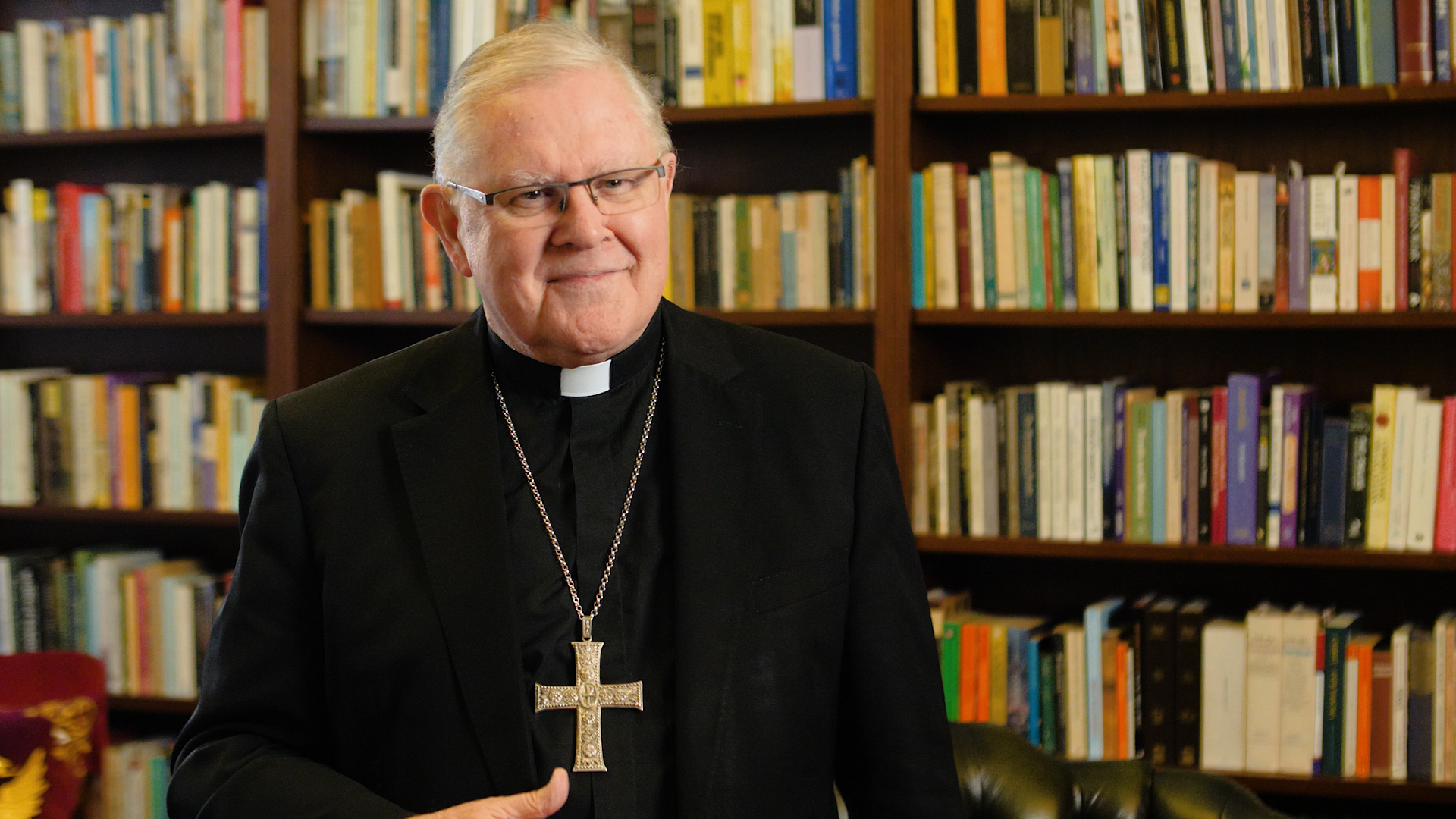I preface my remarks by saying that I haven’t read the RMIT Report but only the New York Times report of the Report:
https://www.nytimes.com/2017/09/12/world/australia/australia-catholic-church-child-abuse.html?mcubz=1
The report suggests that the Report isn’t quite up to speed with the state of play in Australia at this time. It seems to reflect the situation of earlier times in what is a fast-moving scene.
I’m not sure that the researchers ever appeared in the Archdiocese of Brisbane; certainly I had no word of their visit. But what they write doesn’t reflect the situation in Brisbane. We do have parish safeguarding officers. We have trained some and are seeking to offer proper training to as many as possible. We also have external auditing of how parishes are doing with safeguarding. I might also add that Catholic schools in Brisbane and elsewhere in Australia are probably the safest places in the nation for a child to be. Catholic Education is second to none in the area of safeguarding.
Recently we also had a visit from Fr Hans Zollner SJ, who heads the Centre for Child Protection in Rome and is a key figure in the Holy See’s response to the need to build a new culture of safeguarding. Fr Zollner spoke to many different people and groups in the Archdiocese, and he saw what we are doing. This was part of an ongoing educational push which has seen us bring to Australia other world experts in the field of child protection, with one of whom we have worked on an ongoing basis.
I know Brisbane best, but I also know that many things are being done around Australia. Some of them are under the radar – like the efforts being made in dioceses and parishes. But some of them are big and very much on the radar – like the decision by the bishops and major superiors to establish what’s called Catholic Professional Standards Limited, which will set nationally consistent standards and audit compliance with them.
A lot, then, has been done and is being done. But it’s very much a work in progress; we still have a long way to go. Because it’s not just a matter of changing procedures and protocols but of building a culture, and that takes time.
Comparisons with other countries are difficult because the situations are so different. Australia has done some things well and some things badly, but that’s true of any country. The same could be said of the Catholic Church. We’re doing some things well and some things less than well. But that’s true surely of any comparable institution.
The Holy See certainly has a role to play, and they’re on a steep learning curve like everyone else. But the key initiatives have to come at the local level, and they are coming. You cannot presume that the Catholic Church is monolithic as many do. To claim that the key initiatives have to come from the universal Church rather than the local Church is at least questionable and probably untrue.
In short, then, the report of the RMIT Report suggests that the work of the researchers is valuable so far as it goes. But it’s not as up-to-date as it might be nor is it the last or even the most authoritative word in this area where we still have a long way to go.
